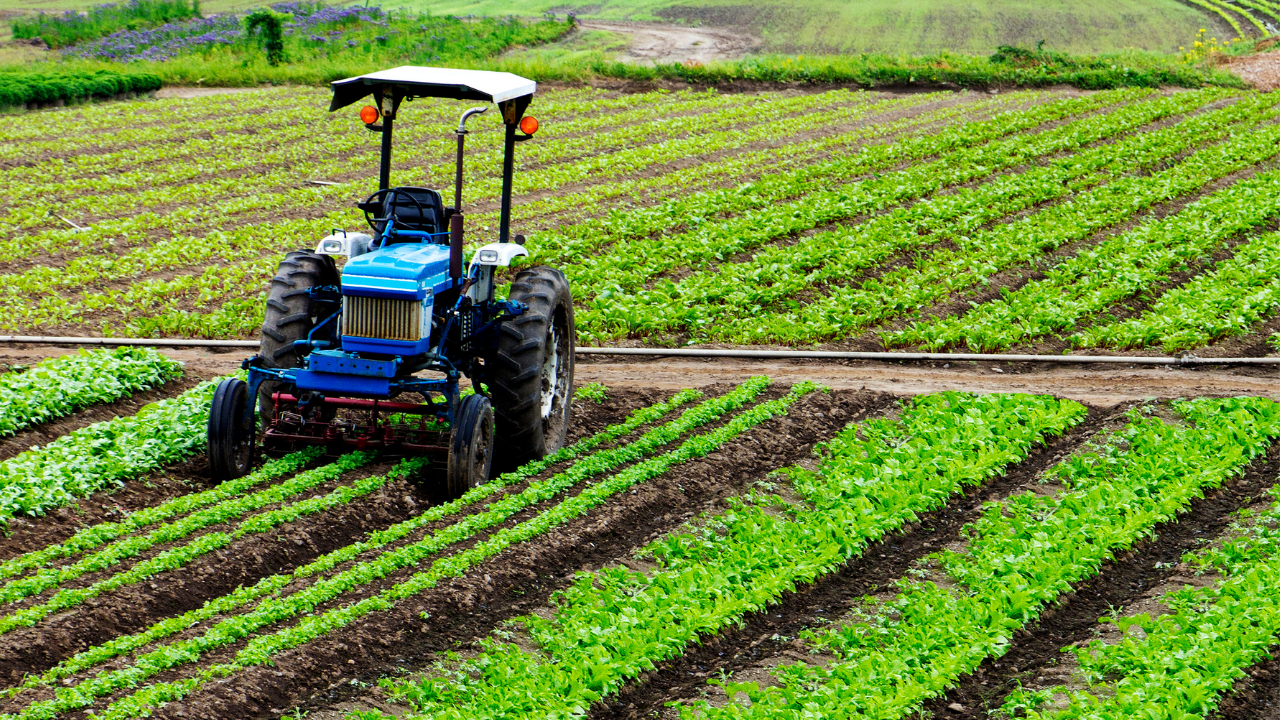Agriculture Land Lease Agreement: Legal Contract
An Agricultural Land Lease Agreement is a legally binding document between a landowner and a farmer, outlining the terms and conditions for the farmer to utilize the landowner's property for agricultural purposes over a specified duration. The contract ensures that the landowner receives a predetermined lease payment from the farmer in exchange for the use of the land. While a lease agreement typically represents a long-term contract, an Agricultural Land Lease Agreement can cater to both short-term and long-term farming arrangements.
When a farmer wishes to use the land for cultivating crops, rearing livestock, or conducting other agricultural activities, the agreement that comes into play is known as an Agricultural Land Lease Agreement. These agreements might also include arrangements for shared profits from the agricultural yield, or even payment in the form of a portion of the crops produced.
Just like other lease agreements, an Agricultural Land Lease Agreement is a legally enforceable contract detailing the lease duration, the amount of lease payment, any restrictions, and terms applicable to the use of the land. It could stipulate, for instance, the specific agricultural practices permitted, conservation measures, or maintenance responsibilities.
It's critical for both the landowner and the farmer to understand fully the terms of the agreement before signing on the dotted line. This ensures a clear, mutual understanding of responsibilities, rights, and expectations, and it helps avoid disputes down the line.
When it comes to leasing agricultural land, specific laws and regulations could apply, varying by country, state, or even local jurisdictions. It's always recommended to seek legal advice when drafting or entering into an Agricultural Land Lease Agreement.

Here are some key provisions that should be included in an agriculture land rent agreement
1. Parties: The full names and addresses of the landlord and tenant should be clearly stated in the agreement.
2. Property: The agreement should specify the exact location and description of the agricultural land being rented, including any structures or improvements on the land.
3. Term: The agreement should specify the duration of the lease, including the start and end dates.
4. Rent: The agreement should specify the total rent amount and any terms for payment, such as a monthly, quarterly or yearly basis.
5. Security deposit: The agreement should specify the security deposit amount to be paid by the tenant and the conditions for its refund after the lease period ends.
6. Use of land: The agreement should specify the permitted use of the land, i.e. for agricultural purposes only, and any restrictions on the use of the land.
7. Maintenance: The agreement should specify the responsibilities of both the landlord and tenant for maintaining the land and its structures.
8. Insurance: The agreement should specify which party is responsible for insuring the land and its structures against damage or loss.
9. Termination: The agreement should specify the circumstances under which either party can terminate the lease agreement.
10. Governing law: The agreement should specify the jurisdiction whose laws will govern the agreement and any disputes arising from it.
11. Signatures: The agreement should be signed by both the landlord and the tenant.
In conclusion, an agriculture land rent agreement is a crucial document that helps ensure a smooth and transparent relationship between the landlord and tenant. By following the above guidelines, landlords and tenants can protect their interests and ensure that the agreement is legally binding and enforceable.

